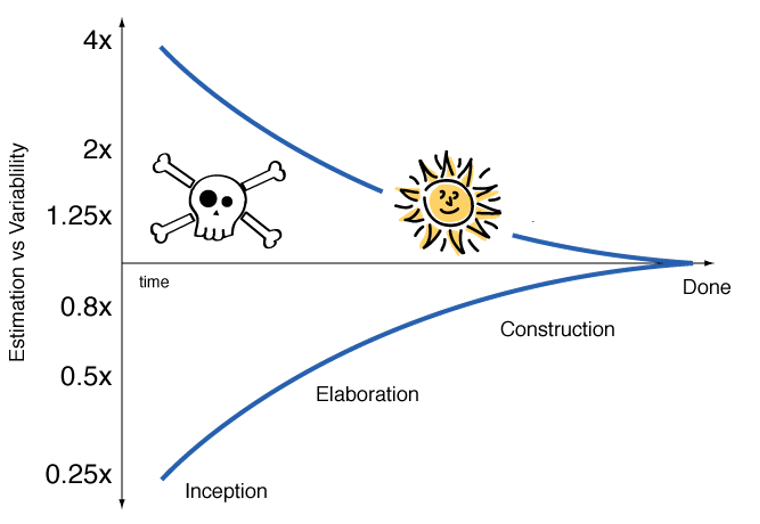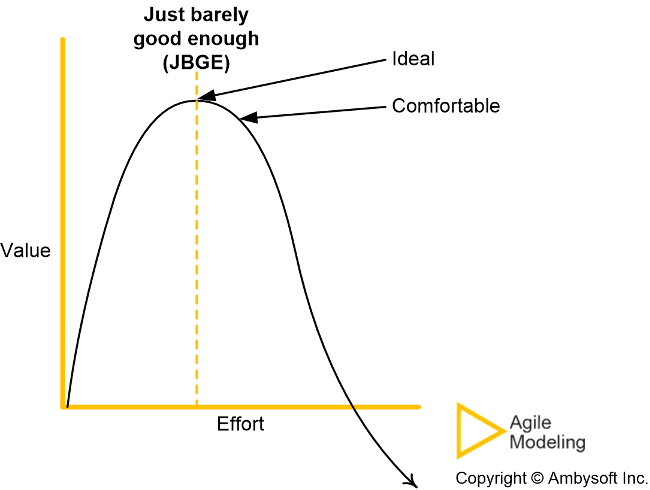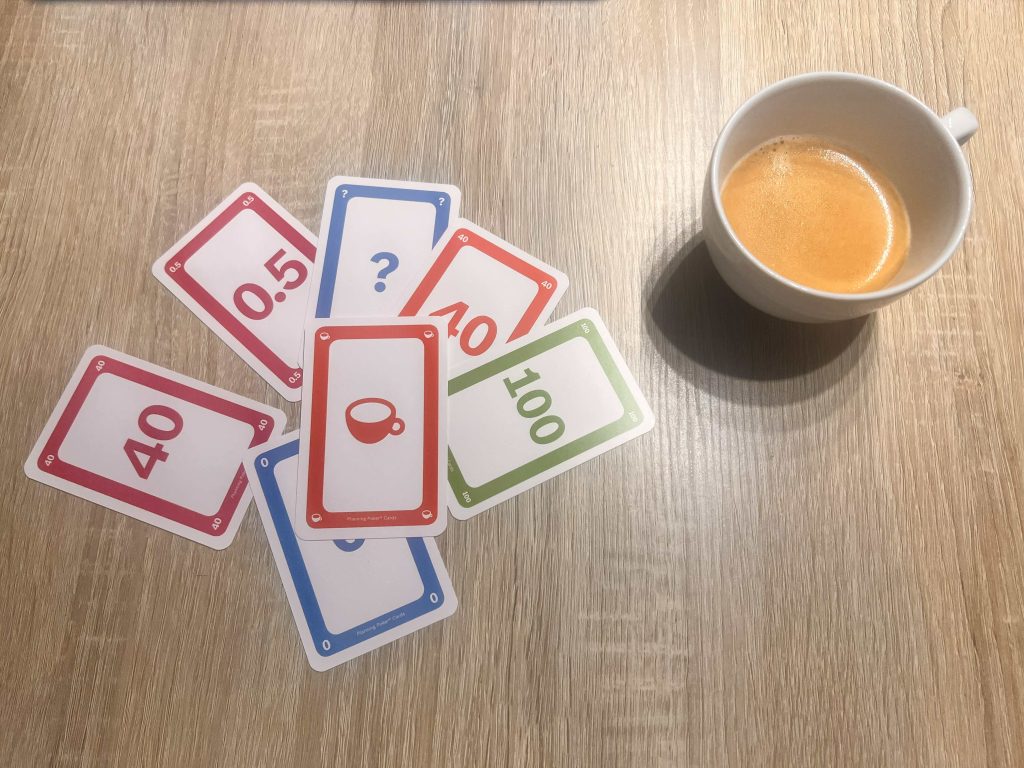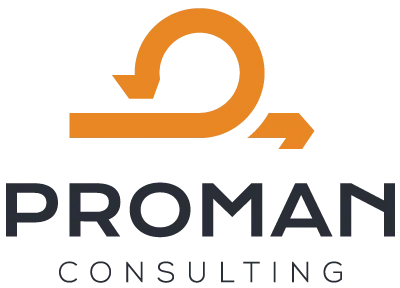Written by: Alexander Dvorzsák, PSPO, PSM, DASSM Senior consultant
Estimation: how to get started?
Estimation is of huge importance in our professional and personal lives. To achieve our goals, we solve tasks and problems, and we are willing to make sacrifices (e.g. resources, time, money) to achieve results, measured against expected outcomes. However, both sacrifices and results often need to be valued. But how can we estimate accurately? What are good ways to do it? In our blog post, we will shed some light on the issue with practical examples.
Why do we estimate?
We want to have a clearer view of the tasks and problems that our goals entail, and the expected outcomes, so that we can consider what is within our means (resources, time, money, etc.). Goals can be simple (I'm thirsty, I want to drink) or complex (I want to go to Mars). With simple goals, I don't have to estimate much, I just have to perform the known or clear tasks. As the achievability of goals becomes harder, I need more and more estimation to be able to decide how to achieve them.
Accuracy of estimates
When can we best estimate the impact and results of a task? The further ahead we are in solving it, the more accurate our estimates of the likely outcomes. There is nothing we can do about this, so let's live with it and accept that no matter how hard we try, an accurate estimate is not possible.

Accuracy of estimates required
For tasks, of course, there are some that we can estimate more accurately and some that we can estimate less accurately, depending on the circumstances of the estimation. What is important is not to expect more accurate estimation for less estimable tasks, because this can create tensions, problems, unexpected situations. The estimation expectations should be adapted to the circumstances. The figure below shows how the energy invested in estimation (planning) relates to the value given by the estimation (planning).

We should aim for the JBGE (Just Barely Good Enough) score, where our estimate is most effective. If you estimate to the left of this point on the curve, you will still have something to work with, if you estimate to the right of this point, you will not get any more value and some of the resources you have invested in estimation will be wasted. The location of the JBGE point in the figure is determined by the circumstances of the estimation, which are influenced by the following:
- Pushing the point to the right (more resources need to be invested in estimation and planning)
- Risk
- Complexity
- The quest for "predictability"
- Shifting the point to the left (less resources to invest in estimation and planning)
- Experience
- Knowledge
- The simplicity of change
- Uncertainty
What is a good estimation system like?
- Relative
- Humans are very good at relative estimation and very bad at absolute estimation, so relative estimation is the way to go. Compare the tasks (also) to the tasks so far in their estimation. Example of relative estimation: 3 buildings in order of height
- Example of an absolute estimate: Estimate the height of a building in metres. (Quite a lot of people use the logic of counting how many storeys the building has and, assuming one storey is 3 metres, multiplying the two together to give an estimate. Note that this is already a relative estimate!)
- Many opinions, points of view
- The more people we ask to estimate a task, the more questions we can collect, the better we can clarify the task. That's why we like to have entire teams estimate tasks, rather than individuals.
- Thin the options
- We cannot give an accurate estimate, so let's not even leave the illusion. We don't want to argue about whether something is 51.5 days or 52 days, so I'll take away the unnecessary discussion, for example, the possible values are 1, 5, 10, 20, 50, 100.
- Everyone who uses the estimation system knows it
Example of estimation method - Planning Poker
Planning Poker is a pretty trendy form of estimation and it works well if you know the basics and use it properly.
Why is the Planning Poker estimate good?
- Relative: the estimation scale is composed of numbers without units
- Many opinions: appreciated as a team
- Thinning down the possibilities: we use Fibonacci numbers
What is the Planning Poker estimation process?
- Accessories:
- Cards with numbers on them (1, 2, 3, 5, 8, 13, 20), as many people guess, as many decks
- Tasks to be estimated collected
- When the team is ready, the first task is slapped on the table and discussed and questions are asked about it.
- When there are no more questions about the task, everyone chooses a card to guess and then they are flipped onto the table at the same time. Someone from the highest and lowest values starts the conversation about why they thought it was so high or low. When there are no more questions, the team estimates again.
- Let's continue until the team reaches consensus!

In summary
Estimates are essential, and we make our everyday decisions based on them. Knowing the limits of estimates, the basic principles of estimation, we should estimate, not deceive ourselves, because we are the only ones who will drink the juice:
- no precise estimate
- the accuracy of estimates varies
- people are good at relative estimation
- the more opinions and experience, the more accurate the estimate we can give
everyone estimates differently, strive for transparency, develop a good estimation system in the long term

 Designabc
Designabc